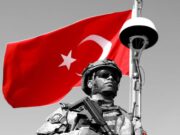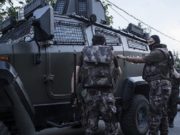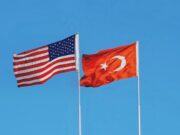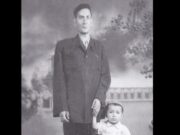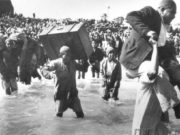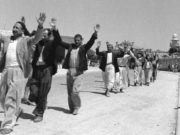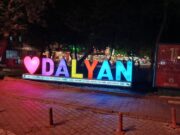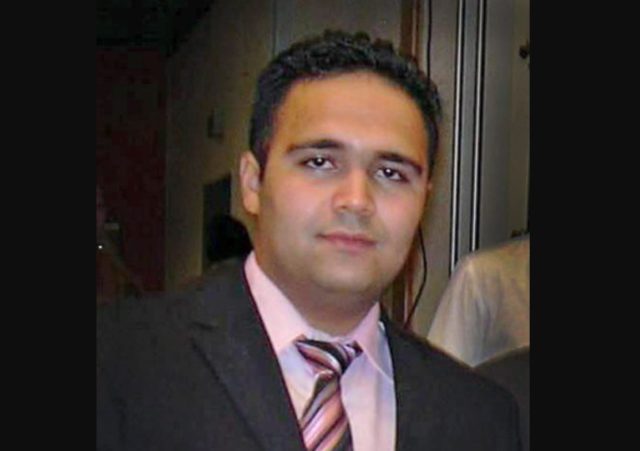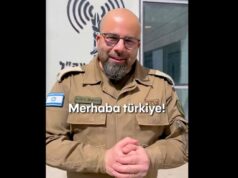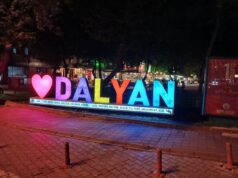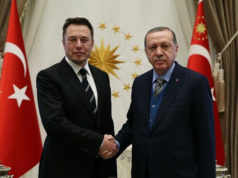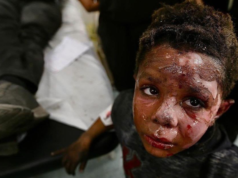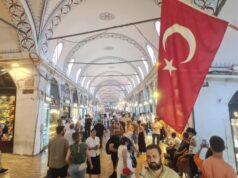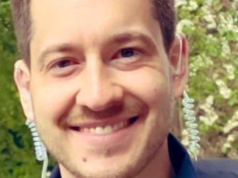by Kemal Bölge
April 6, 2006 was a beautiful spring day in Kassel. Halit Yozgat had given his mother money so that she could buy a present for his father, whose birthday was the next day. Halit Yozgat ran an internet café, which he had opened with the support of his father.
The 21-year-old attended evening school and also did his homework that day while he waited for his father to replace him in the internet café. His mother and father were a little late with their gift shopping, but the young man waited patiently. It was just after 5 p.m. when his father entered the Internet café and saw drops of blood on the counter where the cash register was located. On the floor behind the cash register, he saw the lifeless, blood-covered body of his son.
In the NSU trial in Munich, the father described as a witness the first encounter with his son lying dead on the floor. „Halit, my son, what happened to you,“ I asked, but he didn’t answer. I took him in my arms, looked at him and slowly laid him down.“ In a panic, he ran out of the store to call an ambulance and the police. Two days earlier, on April 4, 2006, the family father and kiosk owner Mehmet Kubaşık was murdered in Dortmund.
The Yozgat family was suspected and criminalized by the police
The family flew to Turkey for the funeral of the son murdered by the NSU. During their stay in their old home country and after their return to Germany, the family was confronted with various accusations. The police’s suspicions and investigations into organized crime and the accusation that Halit Yozgat’s murder could be connected to drug trafficking led the family to cut off all social contacts.
At the time of the crime, an employee of the Hessian Office for the Protection of the Constitution, Andreas Temme, was sitting in the café. Before he left the store, he must have seen Yozgat lying in a pool of blood behind the counter. Temme had denied in several interrogations and as a witness in the Munich NSU trial that he had seen Halit Yozgat, who had been fatally shot, lying on the floor. The Higher Regional Court nevertheless found Temme’s testimony credible in 2016.
British team of researchers: constitution protection officer Temme must have seen the killed Halit Yozgat
However, the British research team Forensic Architecture at Goldsmith University came to a different conclusion. According to the scientists, Temme must have seen Halit Yozgat lying on the floor when he placed the 50-cent piece on the counter. In addition, the shot from a pistol (Ceska 83) leaves a burnt powder smell in closed rooms, which Temme should have noticed.
Between 2000 and its self-uncovering in 2011, the NSU murdered nine businessmen of Turkish and Greek origin and a policewoman across Germany. In addition, there were three bomb attacks with dozens of injuries and 15 robberies without the police being able to track them down despite intensive investigations.
Case analysis by profiler Alexander Horn: Hatred of foreigners as the motive for the crime
In an operational case analysis in 2006, the year Mehmet Kubaşık and Halit Yozgat were murdered by the NSU terrorists, the Bavarian criminal investigator and profiler Alexander Horn assumed that hatred of foreigners was the motive for the crime. The Federal Criminal Police Office (BKA) did not believe this analysis and continued its investigation into organized crime. Instead of searching for the real perpetrators, the victims‘ families were blamed and criminalized by the police for years.
Also interesting
– Right-wing terrorism –
NSU death lists: authorities did not inform those affected at all or only incompletely
Ten years after the National Socialist Underground (NSU) unmasked itself, the authorities have still not informed all those affected that they were on the so-called death lists of the right-wing terror cell
NSU-Todeslisten: Behörden informierten Betroffene gar nicht oder unvollständig







